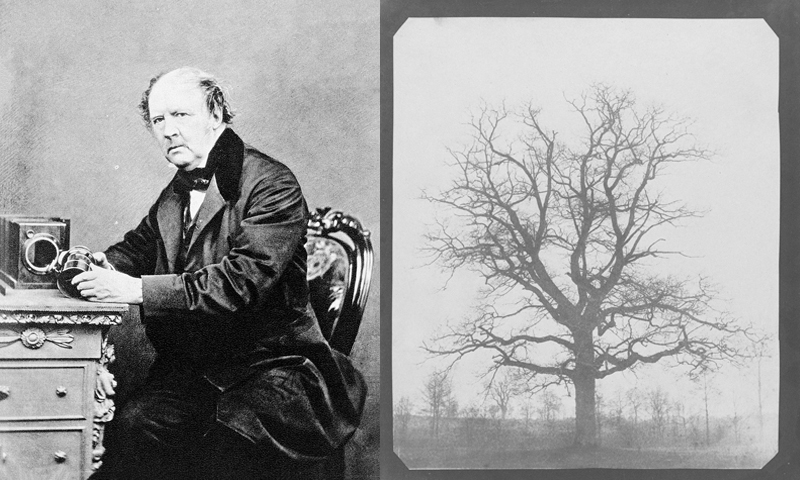
Photographic negatives
William Henry Fox Talbot (1800-77) from Dorset was a polymath but lacked one skill, namely draughtmanship, and he was even frustrated with his attempts at using tracing devices to make illustrations for his various research papers. Luckily, his knowledge of chemistry enabled him, in the mid-1830s, to invent a method whereby sunlight would imprint an image for him, albeit in negative, on paper coated in salt, then silver nitrate and salt again. He then devised another process to turn this negative into a positive as many times as desired.
He later discovered that exposure need only be a few seconds to create a latent image which could then be developed in a gallic acid mixture. He patented this in 1841 as a ‘calotype’. His friend and fellow polymath, Sir John Herschel (1792-1871) from Buckinghamshire, suggested using hyposulphite of soda as a fixer and this is still used today for black-and-white photography.
Fox Talbot published the first book of photographs, ‘The Pencil of Nature’ (1844) to demonstrate how his “photogenic drawings”, as he called them, could be used. A new type of artistic expression was born, as well as the means for producing authentic historical records. In Talbot’s words, “It is a little bit of magic realised”.
(Images LtoR: Fox Talbot & photograph taken by him in 1842, both at Wikimedia Commons / Public domain)
